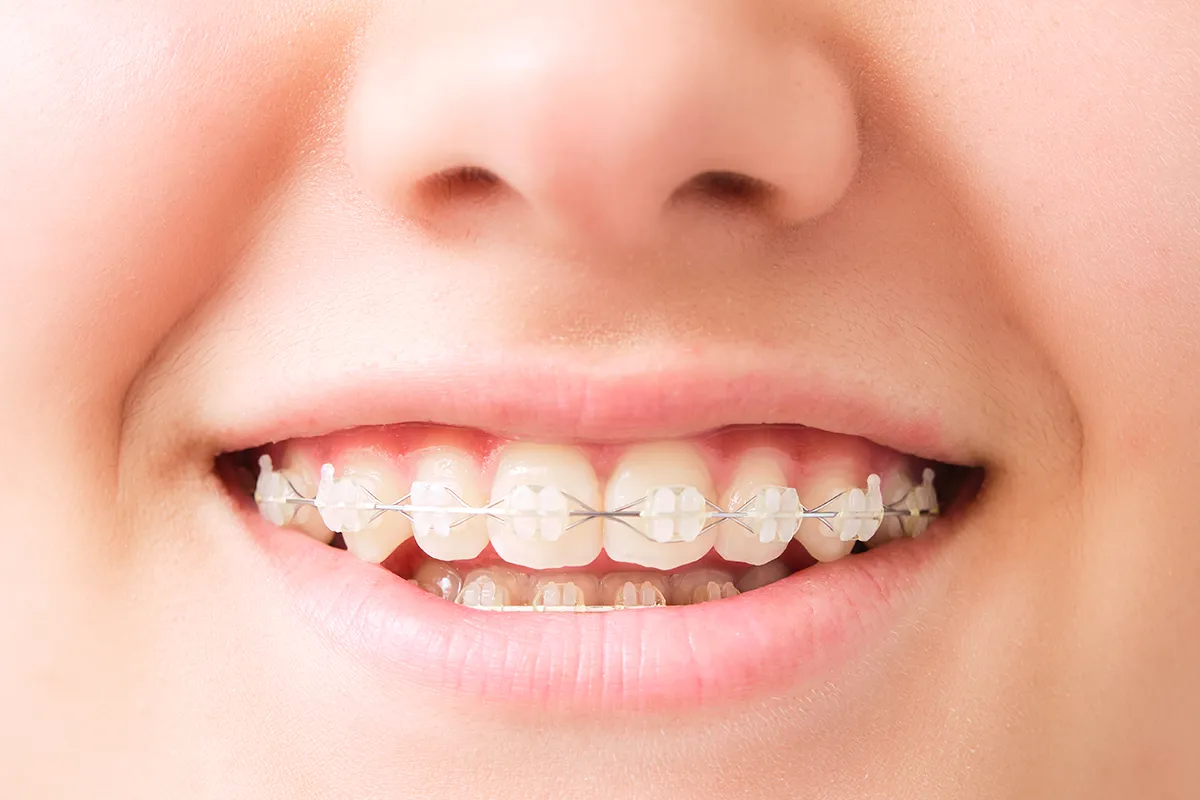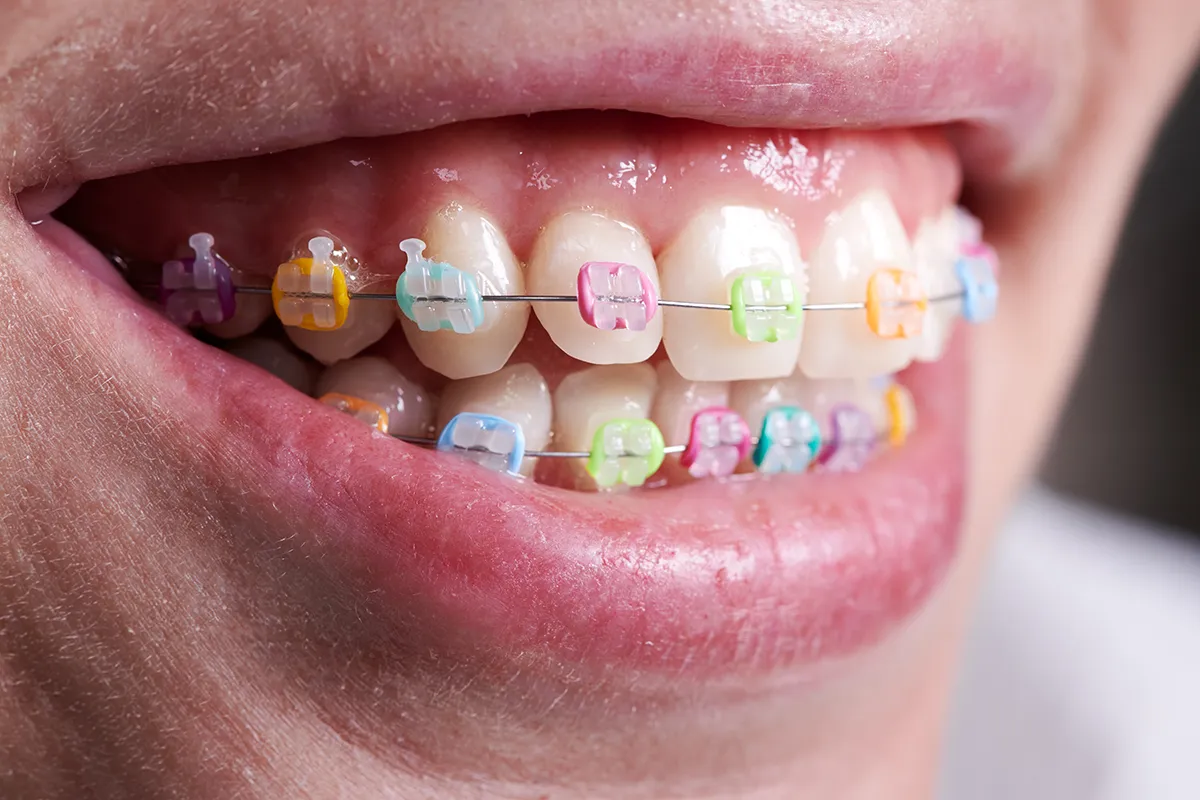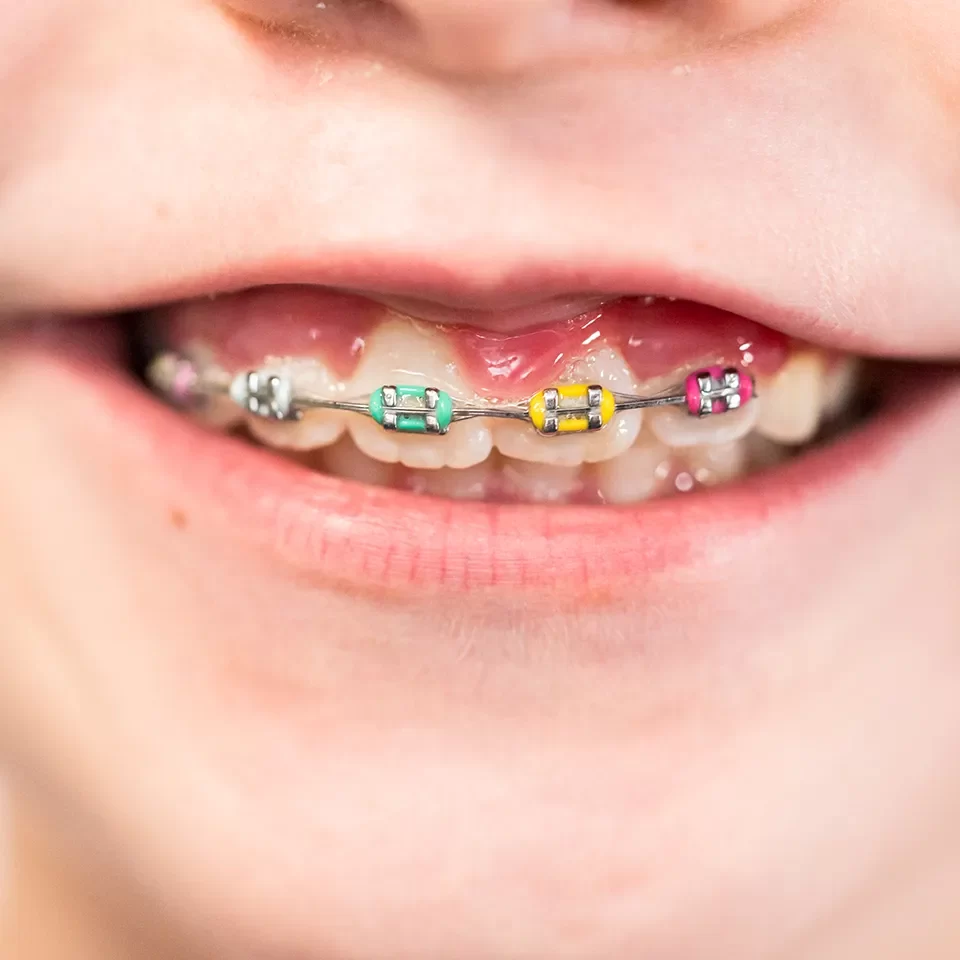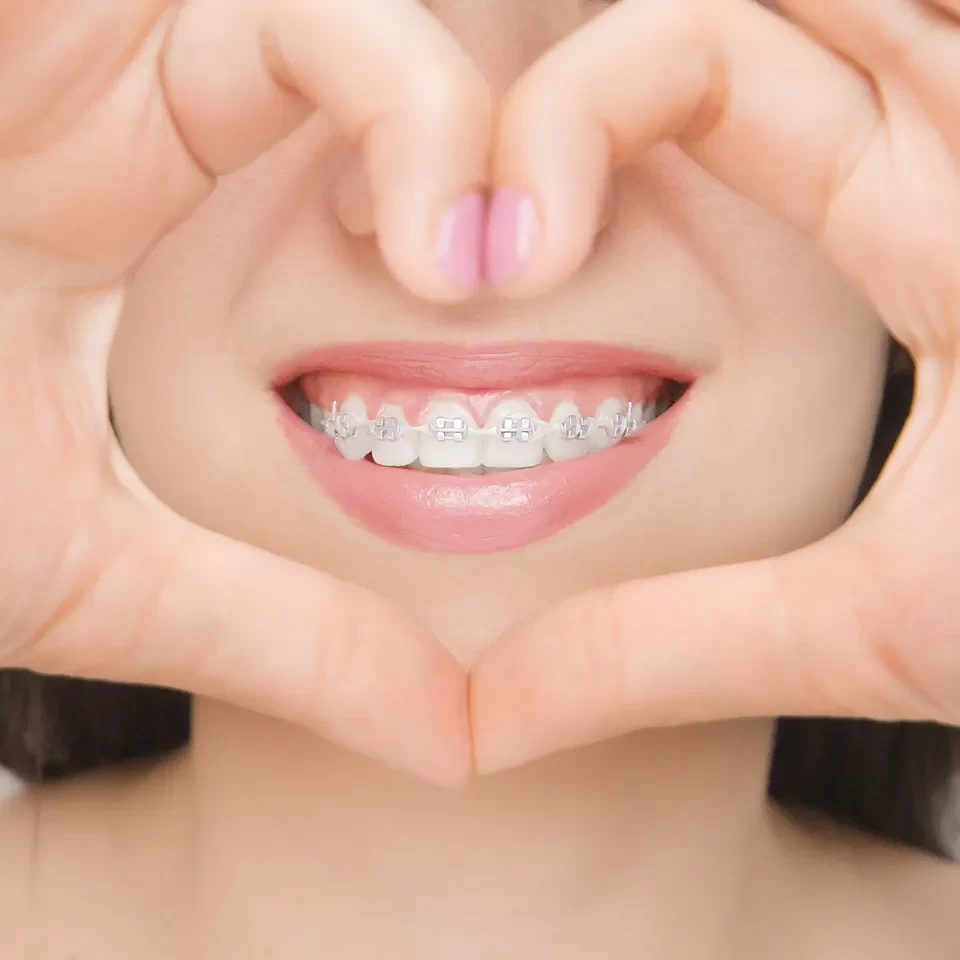


What is Orthodontics?
Orthodontics in Toronto is a specialized branch of dentistry focused on treating malocclusion, a condition in which the teeth are not properly aligned when closing the mouth, leading to an improper bite.
What Do Orthodontists Do?
Orthodontists are specialists in using removable and fixed dental tools, such as bands, braces, and retainers, to move teeth around in the mouth in order to straighten teeth. As a result, they handle the following dental anomalies:
- Jaw misalignment
- Teeth that are too far apart or crowded teeth
- Crooked teeth bite problems, including an overbite or an under-bite
Making a person look better is one of the objectives of various treatments. However, the goal of orthodontics is to alter a patient’s eating habits. Additionally, teeth on the other side of the mouth will line up with straight teeth with evenly spaced teeth. You can eat, chew, and speak clearly if your teeth are in good condition. In the past, braces-users were the only ones who visited the dentist. However, individuals of any age experiencing dental issues can benefit from the services of orthodontists.

Benefits of Orthodontics
Orthodontics has additional benefits over improving cosmetic appearance, which include:
- Reduced risk of gum injury and trauma due to malocclusion and overbites.
- Less risk of dental caries
- Improvement of self-esteem
- Improved function of teeth, including better chewing and clearer pronunciation and speech
Fixed Orthodontic Appliances
Most of the time, orthodontics uses fixed devices. On the one hand, using fixed instruments to eat is customary. On the other hand, there are some foods and drinks that you should stay away from, like fizzy beverages and sticky meals. Among the orthodontic treatments are:

Braces
Removable Orthodontic Appliances
Orthodontics in Toronto makes use of removable appliances to correct minor issues — for instance, straightening slightly crooked teeth or helping a child stop thumb-sucking. Although these devices are usually removed only for flossing, cleaning, or eating, the orthodontist may sometimes ask the patient to take them out for specific activities, such as riding or playing a wind instrument.
Aligners
Since aligners are nearly invisible, adults can use them in place of braces. To eat, floss, or clean your teeth, you can remove them. You will spend two to three weeks wearing the aligner on your teeth. Our dentist will then provide us with one that fits better.
Headgears
As it is shown, a headgear is a strap around the back of the head attached to a face bow or metal wire in the front to keep the back teeth in position, pull back the front ones, and slow down upper jaw growth.
Retainers
Finally, our dentist uses retainers to stop the teeth from moving to their original position after treatment. Also, she may use them to prevent children from thumb sucking.
Generally, there are two types of removable retainers:
- A Hawley retainer consists of acrylic and metal. The wire surrounds the anterior teeth, and the acrylic fits on the roof of the mouth.
- The other kind of material for retainers is clear plastic. So it looks like an Invisalign aligner and fits over the teeth.
Permanent braces, including those provided by Orthodontics in Toronto, are affixed to the back of the teeth by a dentist. They often recommend permanent braces for the front lower teeth due to their tendency to revert to their original positions. In certain instances, orthodontists may advise the application of a fixed, permanent brace on the front teeth of the lower jaw while using a clear plastic aligner for the remainder of the lower arch.
Our Services
Working Hours
Monday To Friday
9 am - 7 pm
Saturday
9 am - 4 pm
Sunday
Closed
We always take care of your smile
(416) 672 1000
FAQ
Is orthodontics only for children?
No. Many adults pursue treatment — especially those seeking Orthodontics in Toronto — and benefit from modern options like clear braces and removable aligners. As long as gum and bone health are stable, treatment is possible at any age.
How long will treatment take?
Mild cases often finish in about 12–18 months; more complex or skeletal issues can take 24 months or longer, depending on growth, patient cooperation, and case difficulty.
Will it be painful?
You may feel mild pressure or soreness after adjustments, which usually eases within a few days. We can recommend techniques and products to help manage any discomfort.
Do I need retainers afterward?
Yes. Retainers are necessary to keep teeth in their new positions. Initially you may wear them full-time, then typically switch to nightly use for the long term.
